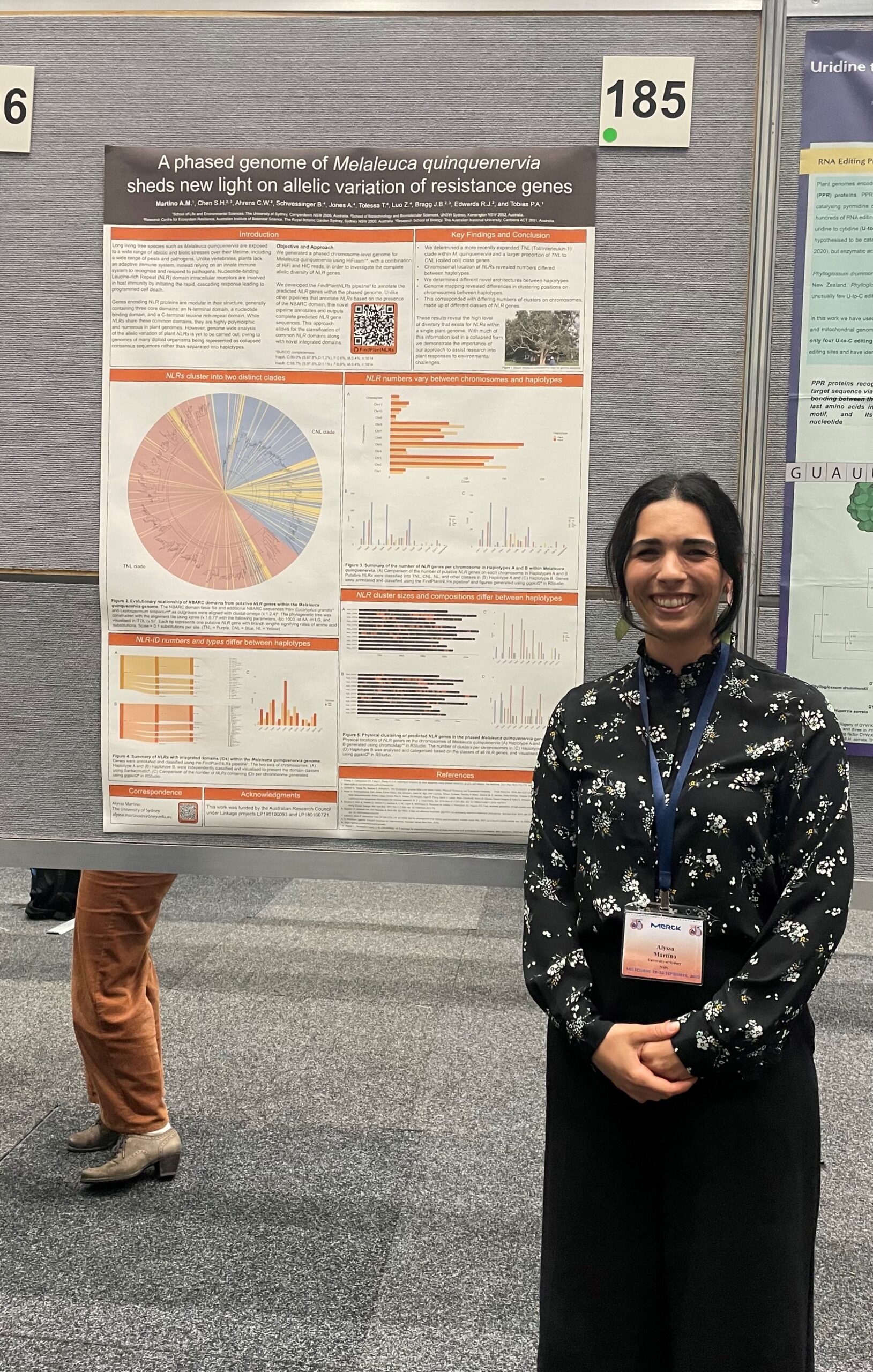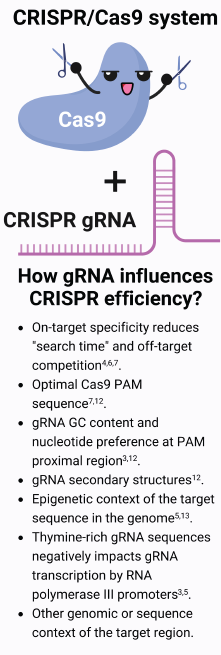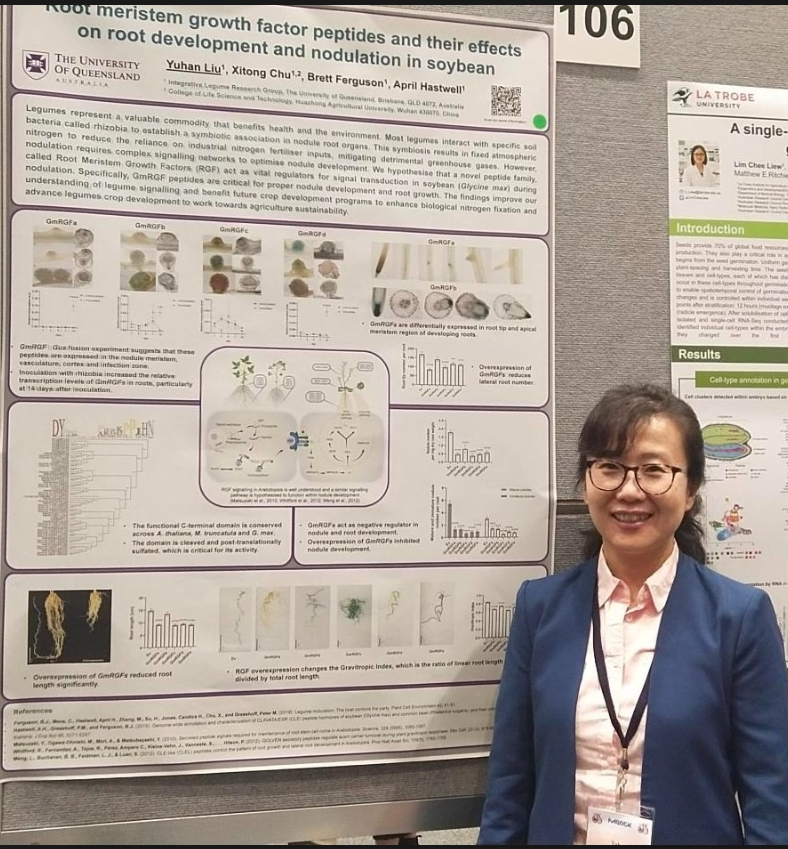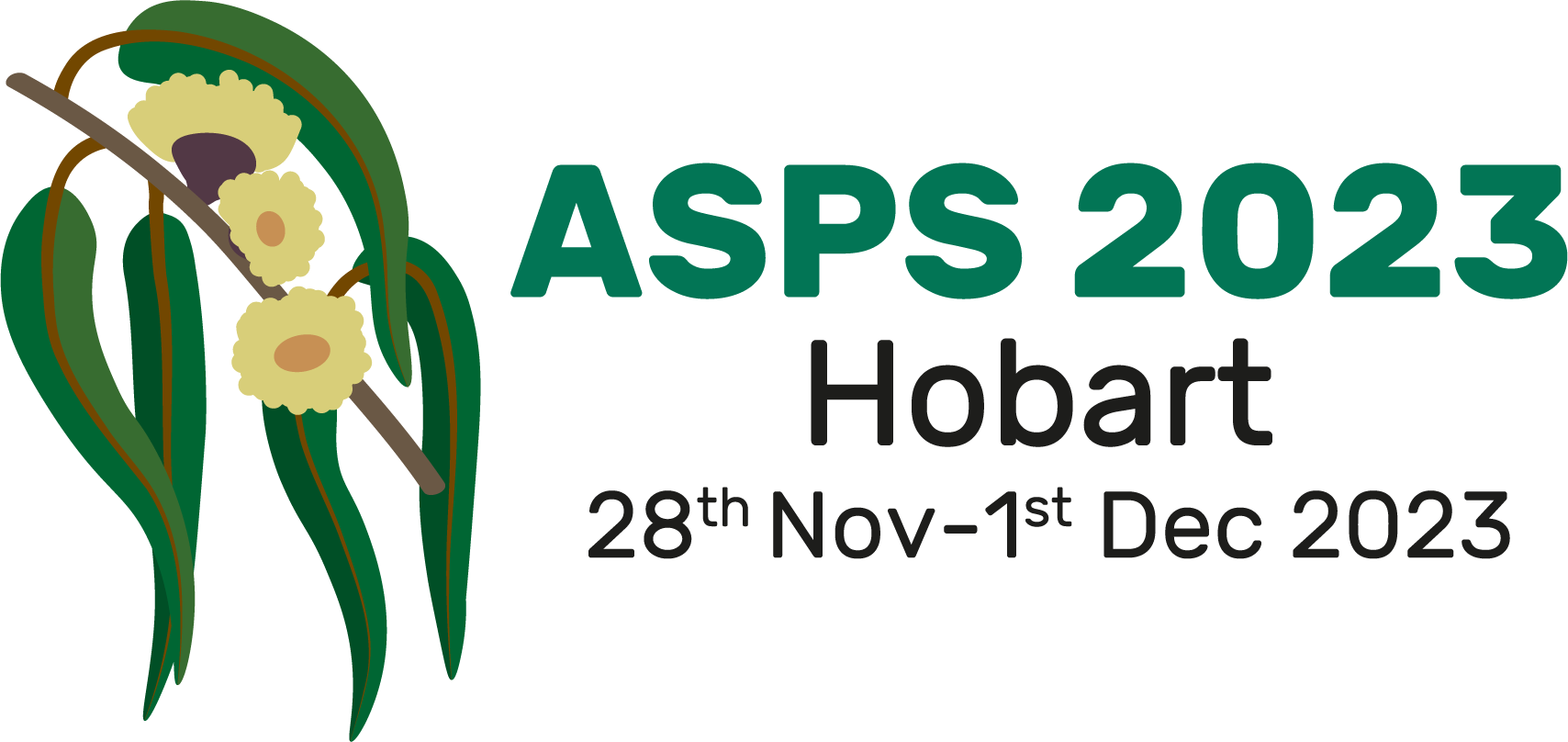Welcome to Phytogen for May 2023. Soon registration will open for ASPS2023 in Tasmania in November Tuesday 28th November to Friday 1st December. Details so far are available at https://www.asps.org.au/conferences/asps-2023
To get you ready for preparing your abstacts, here are reports from poster prize winners in 2022. We hope you enjoy reading:
Alyssa Martino, PhD Candidate, School of Life and Environmental Sciences, The University of Sydney.
What is the title of your poster? 
A phased genome of Melaleuca quinquenervia sheds new light on allelic variation of resistance genes
What is the aim of your research, and what is the main hypothesis that you are testing?
Long living tree species are exposed to a wide range of abiotic and biotic stresses in their lifetime, including numerous pests and pathogens. Unlike animals, they lack an adaptive immune system, instead relying on an innate immune system to recognise and respond to pathogens. Plant Nucleotide-binding Leucine-rich repeats (NLRs) are modular intracellular receptors involved in host immunity by initiating the rapid, cascading response leading to programmed cell death. Genes encoding NLRs are highly polymorphic and numerous in plant genomes. However, genome wide analysis of the allelic variation of plant NLRs is yet to be carried out, owing to genomes of many diploid organisms being presented as collapsed consensus sequences rather than separated into haplotypes. Therefore, the focus of this project was to investigate the allelic diversity of NLRs in a long-living tree species.
What plant species was the focus of your research, and what were the key techniques used?
We generated a phased chromosome-level genome for the long-living tree species Melaleuca quinquenervia (broadleaf paperbark). Using HiFiasm software with a combination of HiFi and HiC data, the genome was phased into haplotypes to investigate the complete allelic diversity of NLR genes. The FindPlantNLRs pipeline was developed to annotate the predicted NLR genes within the phased genome, including novel integrated domains.
What was the major finding(s) of your research?
Genome mapping revealed differences in the clustering position of NLRs on chromosomes between haplotypes, which corresponded with differing numbers of NLR clusters between haplotypes. Different novel domain architectures were also detected between haplotypes, demonstrating a high level of haplotype diversity of NLR genes within the M. quinquenervia genome. With much of this information lost in a collapsed form, we demonstrate the importance of our approach to assist research into plant responses to environmental challenges.
Who were the important collaborators and funders of your work?
The work was carried out in collaboration with Stephanie Chen (UNSW), Collin Ahrens (UNSW), Benjamin Schwessinger (ANU), Ashley Jones (ANU), Tamene Tolessa (ANU), Zhenyan Luo (ANU), Jason Bragg (UNSW), Richard Edwards (UWA), and Peri Tobias (USyd) and was funded by ARC Linkage projects LP190100093 and LP180100721 and Research Training Program Stipend Scholarships (Alyssa and Stephanie).

Zheng (Tommy) Gong, HDR Student, PGEL|School of Agriculture and Food Science, The University of Queensland.
What is the title of your poster?
A simple and rapid workflow to evaluate CRISPR gRNA genome editing efficiency in planta.
What is the aim of your research, and what is the main hypothesis that you are testing?
This research aims to develop a workflow that would allow researchers to easily test the efficiency of their selected CRISPR gRNA in planta targeting any sequence-of-interest.
What plant species was the focus of your research, and what were the key techniques used?
We used Nicotiana benthamiana, a model plant species, for transient expression of our CRISPR cassettes. To increase the applicability of this workflow, only general molecular biology skills were required to evaluate the efficiency of multiple gRNAs.
What was the major finding(s) of your research?
We first conceptualised the workflow to be as simple as possible with minimal molecular cloning required. Using this workflow, we successfully evaluated the efficiency of multiple gRNAs targeting an endogenous N. benthamiana gene. We found that the in planta genome editing efficiency of gRNAs was not consistent with that predicted by in silico gRNA design tools, demonstrating the importance of a workflow as such. Using this workflow, we have demonstrated and intend to in future studies, evaluate gRNAs targeting sequences in crop species and other agriculturally important plants.
Who were the important collaborators and funders of your work?
Important collaborators of this work are Yijie Wang and Genevieve Durrington who are currently PhD students at The University of Queensland and my excellent supervisors, Prof. Jimmy Botella, and Dr Karen Massel.
I am funded by the Australian Government RTP scholarship.
Nick Booth, College of Science & Engineering, Flinders University of South Australia.
Nodulin 26 is a multifunctional plant aquaporin that facilitates ammonium transport in nitrogen-fixing soybean nodules.
Booth N.1, Ramesh S.1, Jenkins C.1, Soole K.1, Tyerman S.2, and Day D.1
1College of Science & Engineering, Flinders University, GPO Box 5100, Adelaide, SA 5001, Australia.
2ARC Centre of Excellence in Plant Energy Biology, School of Agriculture, Food and Wine, University of Adelaide, Glen Osmond, South Australia 5064, Australia.
At COMBIO 2022 I was awarded an ASPS poster prize for presenting our findings on the soybean aquaporin, Nodulin 26 (NOD26). Legumes have developed a symbiotic relationship with rhizobia, a soil bacterium that fixes atmospheric nitrogen into a form usable by the plant. During the symbiosis, legumes develop highly specialised organs on their roots, called nodules, which are infected by rhizobia. Inside the infected nodule cells, the rhizobia differentiate into nitrogen-fixing bacteroids that are excluded from the plant cytosol in organelle-like structures termed symbiosomes. The symbiosome membrane acts to regulate the metabolite exchange between the symbionts. Interestingly, a non-selective cation channel which facilitates the efflux of fixed nitrogen from symbiosomes remains unidentified (Tyerman et al. 1995). We proposed that NOD26 may be this non-selective cation channel and begin to characterise the channel through two-electrode voltage clamp in Xenopus laevis oocytes, thanks to a collaboration with Stephen Tyerman, Adelaide University.
Ion transport through aquaporins has long been controversial, with Yool and colleagues (1996) first reporting this in human aquaporin 1. More recently, non-selective cation activity has been reported in Arabidopsis PIP2;1, which shares several characteristics with the soybean symbiosome membrane non-selective cation channel. Our work has shown that when NOD26, a major component of the soybean symbiosome membrane, is heterologously expressed in X. laevis oocytes, monovalent cation-induced currents are observed. The channel is permeable to ammonium, methylammonium, potassium and sodium but not choline or anions, and that these currents are inhibited by divalent cations. Through phosphomimetics of S262, we identified a switch in the permeability of NOD26 to water or cations when expressed in X. laevis oocytes (Figure 1). We believe that the soybean aquaporin NOD26 is multifunctional channel that facilitates both ammonia and ammonium transport in nitrogen-fixing nodules and that this transport is regulated by phosphorylation of S262.
 Figure 1. Mutations to GmNOD26 alter water and cation permeability. (A) Osmotic water permeability; or (B) Na+ induced clamp currents; of control, Phosphomimetics or Wt GmNOD26-expressing X. laevis oocytes (n = 8).
Figure 1. Mutations to GmNOD26 alter water and cation permeability. (A) Osmotic water permeability; or (B) Na+ induced clamp currents; of control, Phosphomimetics or Wt GmNOD26-expressing X. laevis oocytes (n = 8).
References:
Byrt, C., Zhao, M., Kourghi, M., Bose, J., Henderson, S., Qiu, J., Gilliham, M., Schultz, C., Schwarz, M., Ramesh, S., Yool, A., and Tyerman, S. (2017) Non-selective cation channel activity of aquaporin AtPIP2;1 regulated by Ca2+ and pH. Plant, Cell & Environment, 40:802– 815.
Tyerman, S., Whitehead, L., and Day, D. (1995). A channel-like transporter for NH4+ on the symbiotic interface of N2-fixing plants. Nature, 378:629–632.
Yool, A., Stamer, W., and Regan, J. (1996). Forskolin stimulation of water and cation permeability in aquaporin-1 water channels. Science, 273:1216–1218.
Miss Yuhan Liu, Ph.D. candidate | Wonder of Science Young Science Ambassador, School of Agriculture & Food Sciences | Integrative Legume Research Group, Faculty of Science | The University of Queensland.
What is the title of your poster?
Root meristem growth factor peptides and their effects on root development and nodulation in soybean

What is the aim of your research, and what is the main hypothesis that you are testing?
The research aims to understand the role of a new peptide family, RGFs, in legume growth. Given its orthologous to Arabidopsis and Medicago peptides regulating meristem activity and immune response, we hypothesized that these RGF peptides affect root growth and nodule development in soybean.
What plant species was the focus of your research, and what were the key techniques used?
Soybean (Glycine max). A range of molecular and physiological techniques were used to characterise gene function, including Agrobacterium-mediated Hairy Root transformation, gene overexpression, promotor::GUS fusions, microscopy, bioinformatics and phenotypic analyses.
What was the major finding(s) of your research?
A number of GmRGFs are specifically expressed in soybean nodules and root tips. They are critical for nodule maturation.
Who were the important collaborators and funders of your work?
Members of the Integrative Legume Research Group, the University of Queensland were important to help carry out this research project. Xitong Chu from The University of Queensland and Huazhong Agricultural University. Funding for April Hastwell and Brett Ferguson is provided by the Australian Research Council (ARC; DE200100800 and DP190102996). Yuhan Liu is supported by a University of Queensland Earmarked Scholarship, a UQ School of Agriculture and Food Sciences Travel Award and a ASPS Student Travel Award.


